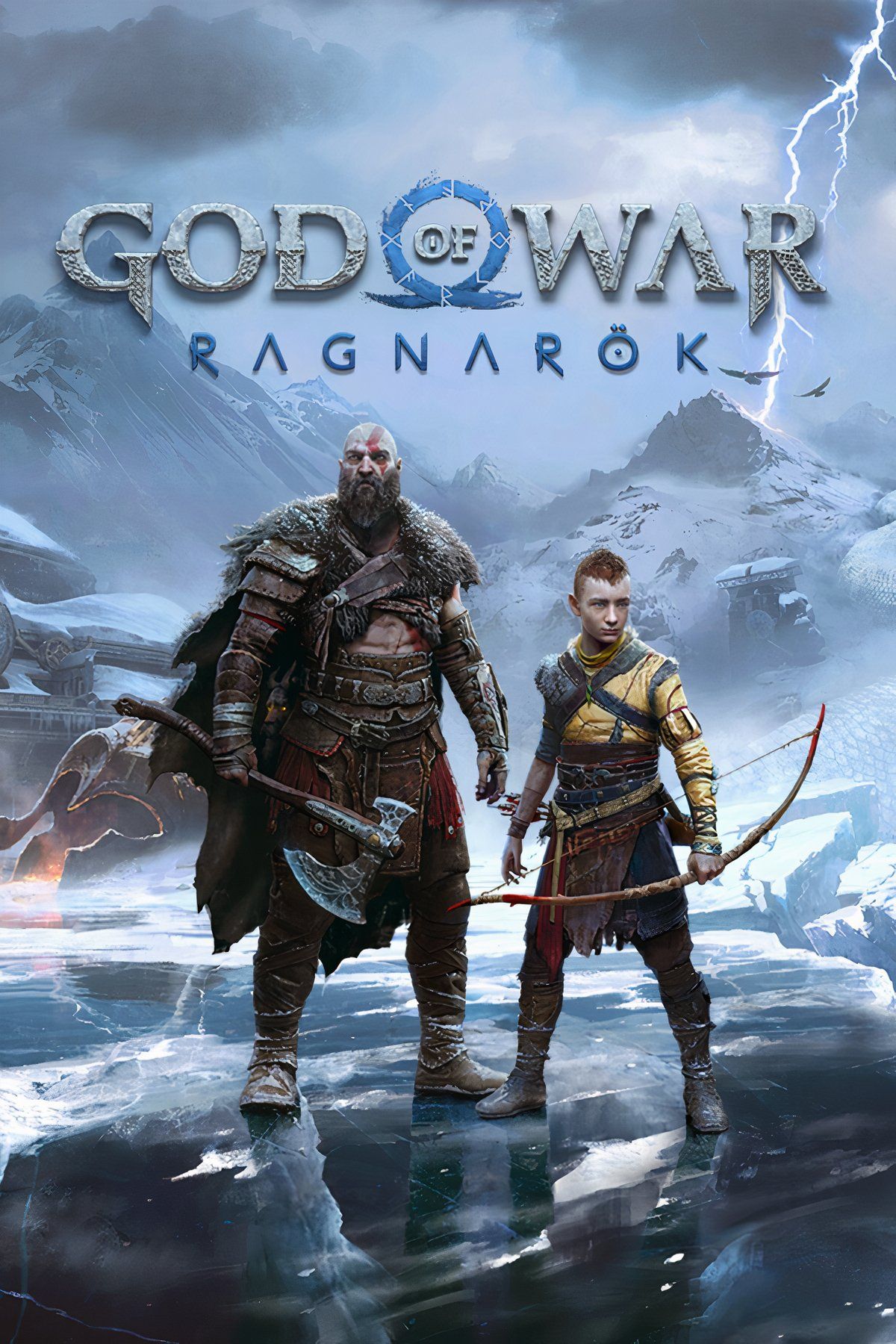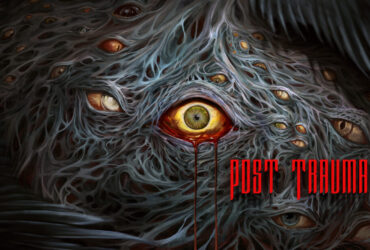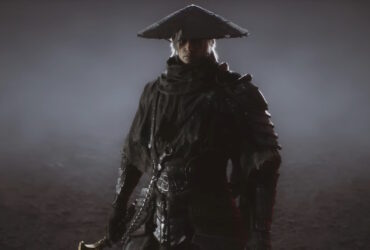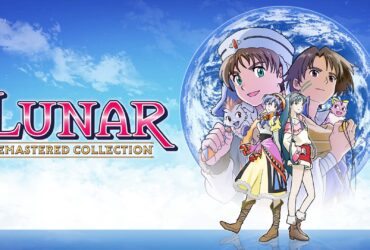God of War Ragnarok has been given quite a lot of attention since its initial release. Santa Monica Studio has continued to give the game a lot of love since its late 2022 release, including some sizable updates such as the well-received Valhalla DLC. Much like Valhalla, the recent update, the Dark Odyssey skin, pays homage to the original series.
In light of this, the Dark Odyssey skin introduced in God of War Ragnarok has stirred nostalgia among long-time fans of the series. While the latest addition serves as a sleek cosmetic option, its origins trace back to a formidable challenge in God of War 2. With a black-and-gold color scheme that exudes power, the skin symbolizes Kratos’ tumultuous past — a past the series has increasingly embraced in its modern storytelling.

Related
God Of War 20th Anniversary Trailer Fuels Anticipation For Upcoming TV Series
The epic celebratory trailer shows just how much respect these games have and is fueling the hype for the upcoming television adaptation.
The Dark Odyssey Skin Honors God of War 2’s God Mode
The original Dark Odyssey skin was not simply a cosmetic reward; it was a symbol of achievement. Players in God of War 2 could only unlock it by conquering the game’s God Mode, the highest difficulty available. Earning the skin required mastery of the game’s combat, forcing players to push through relentless enemies and boss encounters.
One particularly grueling battle occurred during Kratos’ clash with Theseus in the Palace of the Fates. The fight, notorious for its unpredictable movements and summoned minotaurs, served as a prime example of the challenge God Mode presented. For players who persevered, the Dark Odyssey skin stood as a reminder of their resilience.
In contrast, God of War Ragnarok makes the Dark Odyssey skin more accessible. Released as part of the game’s 20th-anniversary celebration in update 6.02, it no longer demands completion of the hardest difficulty. While the absence of a challenge requirement may disappoint some purists, its presence serves a different purpose — one that reflects how God of War has evolved.
God of War Ragnarok’s Dark Odyssey Skin and Kratos’ Reflection
Kratos’ journey in the Norse saga is one of reckoning with his violent past. The Dark Odyssey skin, with its ominous appearance, echoes the Greek era’s brutality. In God of War 2, Kratos was consumed by vengeance and chaos, a god who brought destruction without remorse. His pursuit of Zeus culminated in merciless acts, such as the brutal slaying of Perseus in the Bathhouse.
However, in God of War Ragnarok, Kratos is no longer the same god who destroyed Mount Olympus. The Valhalla DLC exemplifies his growth by forcing him to confront painful memories, including visions of his past atrocities. During one sequence, Kratos is reminded of the moment he killed Athena in God of War 3, a death that haunted him for years. The reintroduction of the Dark Odyssey skin reinforces this theme, serving as a visual reminder of the bloodshed that haunts him.
The skin’s presence also adds narrative weight to Kratos’ decision to accept Freya’s offer to become a god of war once again, this time for a peacekeeping council. Unlike the relentless force he embodied in his Greek days, Kratos in Ragnarok now seeks redemption and purpose. The Dark Odyssey skin, once a symbol of brutality, now represents the burden of memory — a visual reminder that his past will always be a part of him, even as he strives to forge a different path.

Related
The God Of War TV Series Should Hold On To This Cast Member
Any GoW adaptation that goes Nordic has to keep a hold of this voice actor, who already has an established presence onscreen.
Connecting God of War’s Greek and Norse Eras Through Cosmetics
Santa Monica Studio’s decision to revive the Dark Odyssey skin over other possible callbacks is a deliberate one. While God of War Ragnarok largely stands on its own within Norse mythology, it never forgets the Greek tragedies that shaped Kratos. The God of War Greek and Norse games are intrinsically connected, not just through narrative nods but through the protagonist’s character development.
A powerful example of this connection is the scene in God of War Ragnarok where Kratos visits the Norns. Much like the Sisters of Fate from God of War 2, the Norns challenge his perception of destiny. Yet, unlike his younger self, Kratos now questions whether his actions are predetermined. The return of the Dark Odyssey skin further emphasizes how much he has changed. While the design may recall his destructive nature, Kratos’ defiance of the Norns’ prophecy shows his determination to break free from his past.
Furthermore, the transmog system introduced alongside the skin update allows for more personalized storytelling. Players can choose whether to wear the Dark Odyssey cosmetic, symbolizing Kratos’ embrace of his past, or opt for other appearances that reflect his newfound restraint.
Could God of War’s Future Continue Revisiting the Past?
Rumors of the God of War series shifting to Egyptian mythology in a future installment suggest Kratos’ story is far from over. If that is the case, cosmetics like the Dark Odyssey skin may serve as a blueprint for how the series continues honoring its legacy. By recontextualizing old designs, Santa Monica Studio bridges the gap between past and present, reminding players of Kratos’ evolution.
A potential God of War remaster or side story set in Greece, as some speculate, could further explore the god of war’s fractured legacy. The symbolic weight of the Dark Odyssey skin would only grow in that context, representing both the power Kratos wielded and the burden he still carries. Whether facing the gods of Egypt or grappling with his past in Greece, Kratos remains a character shaped by every choice.














Leave a Reply